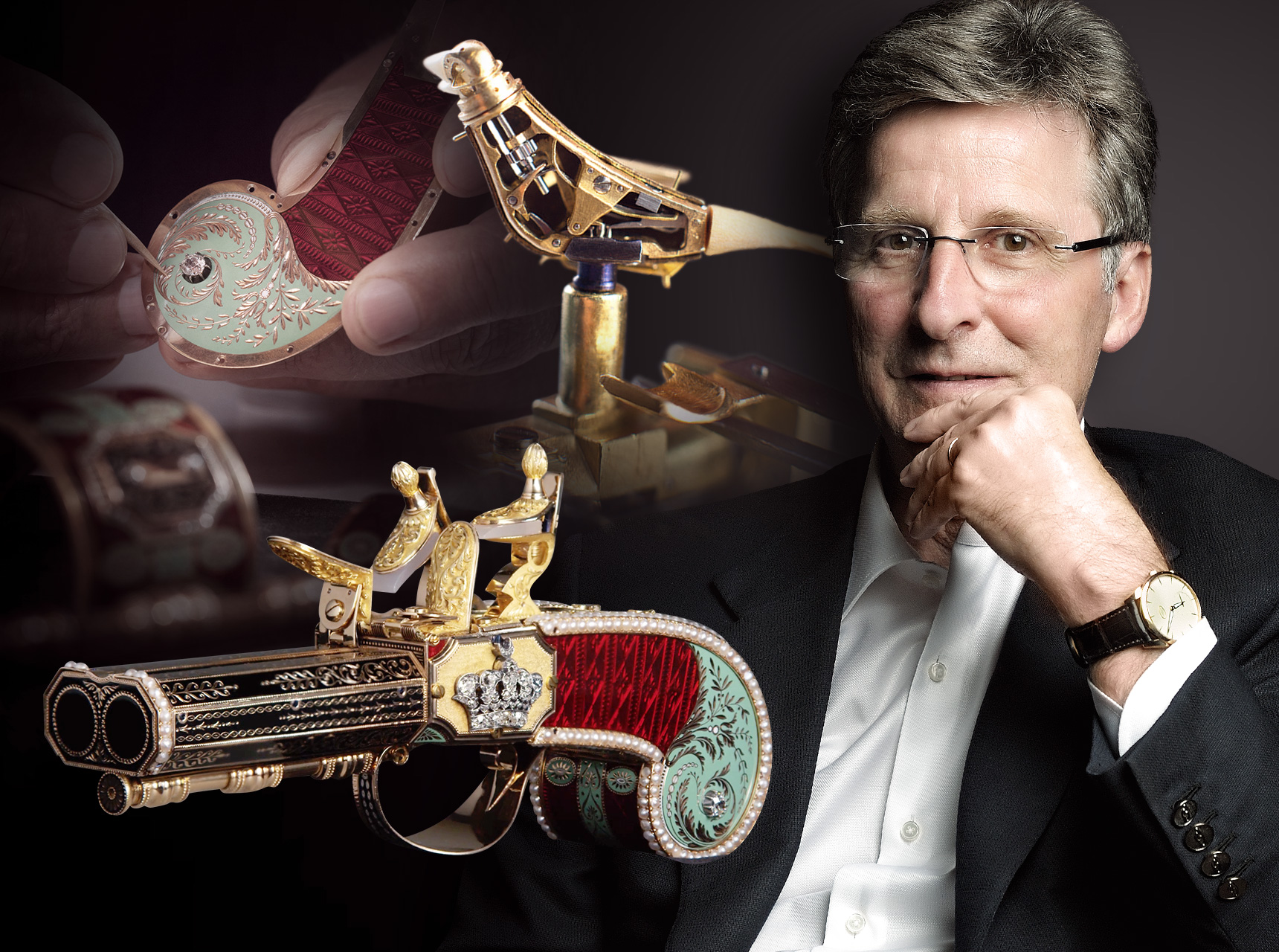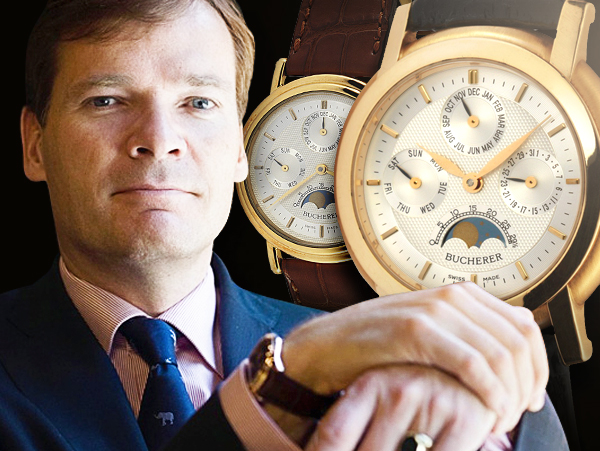
Care For The Brand’s Image & Future
At some point, each watch industry CEO who runs an existing brand needs to ask themselves an important question. That question is whether or not the brand would be best off if the CEO does everything possible to leave the brand image totally intact and unchanged, or whether what the brand really needs is an influx of creativity and change.
A serious watch brand develops a life of its own aside from the people who began it or operate it. A brand’s image is a complex personality that will ideally appeal to the right people, but it will be almost impossible to please everyone.
Nevertheless, an effective watch industry CEO will both identify and nurture a brand’s personality, developing it while protecting it at the same time. This effectively means first understanding what a brand is all about in terms of both history and design direction. From there, the CEO can plan out the future with at least some idea of where to take a brand. The CEO should understand that, ideally, the brand will exist after his or her tenure, and that the brand should be in a better position after their time than before.
I want to caution something that, unfortunately, happens a lot. Scared of making errors or insulting long-time brand devotees, some watch industry executives err on the side of caution and literally do nothing, allowing a brand to stagnant in both personality and product. This overcautious calculation ignores the reality that the business world is full of examples of brands that have taken incredible risks, failed miserably, and then bounced back years later with new gusto. Very few brands are killed by experimenting with new products or design directions. They might have to step back, but they aren’t killed unless they had prior, serious systemic issues.
So, basically what I am saying is that contemporary watch industry CEOs working at existing brands need to remind themselves that the namesake of the brand or its celebrated founder was probably successful for taking a risk and doing something at least a little bit differently. In that same vein, the leaders of the brand today must honor the company’s heritage through change and action – not overly enforced stability and restraint. Likewise, executives at newer watch brands need to consider the names in the watch industry that people remember. These people took risks and tried new things. So even though decisions need to be balanced against considerations of brand personality, risk is part of taking a brand’s image into the future.
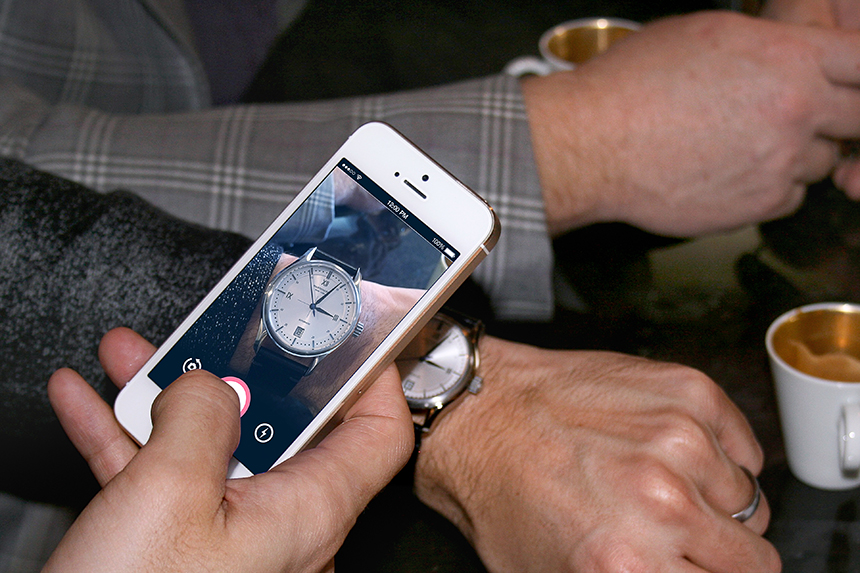
Get With The Times
Today’s classic high-end watch companies exist because they produce old items, not because they run themselves like an old company. They need to remind themselves of that a bit more often. A lot of the charm of the Swiss watch industry is that in many ways it exists as it did decades ago, more or less blissfully unaware of how the businesses that support it can no longer rely on a globe that is hungry for high-quality mechanical watches.
It is true that some of the older companies around are watch makers, and it is true that watch brands have weathered politics, wars, economic recessions, and dramatically changing technology. What they don’t often talk about is how many of history’s more difficult periods utterly destroyed brands as they existed then, only to be resurrected by new people in the future. Watch brands are as fragile as other types of companies, and effective watch industry executives should not feel that they are immune from change.
In today’s watch industry, the major change needs to occur in distribution, global organization, and marketing. Product is actually pretty good. How will change come about? Especially in an era where the crumbling of the core economic models which many watch brands are designed upon are collapsing more and more each year. While watch sales remain relatively good, traditional watch retail channels such as brand boutiques and third-party authorized dealers have business drying up as sales and consumer action occurs outside of authorized channels where inventory is plenty, and heavy discounting is the norm.
Just because a proud watch maker produces timepieces like they did long ago, doesn’t mean that the entire company around them should follow suit. Watch companies today might have more challenges than ever, but they also have more tools and resources than ever to promote their ideas, produce their novelties, and sell their goods.
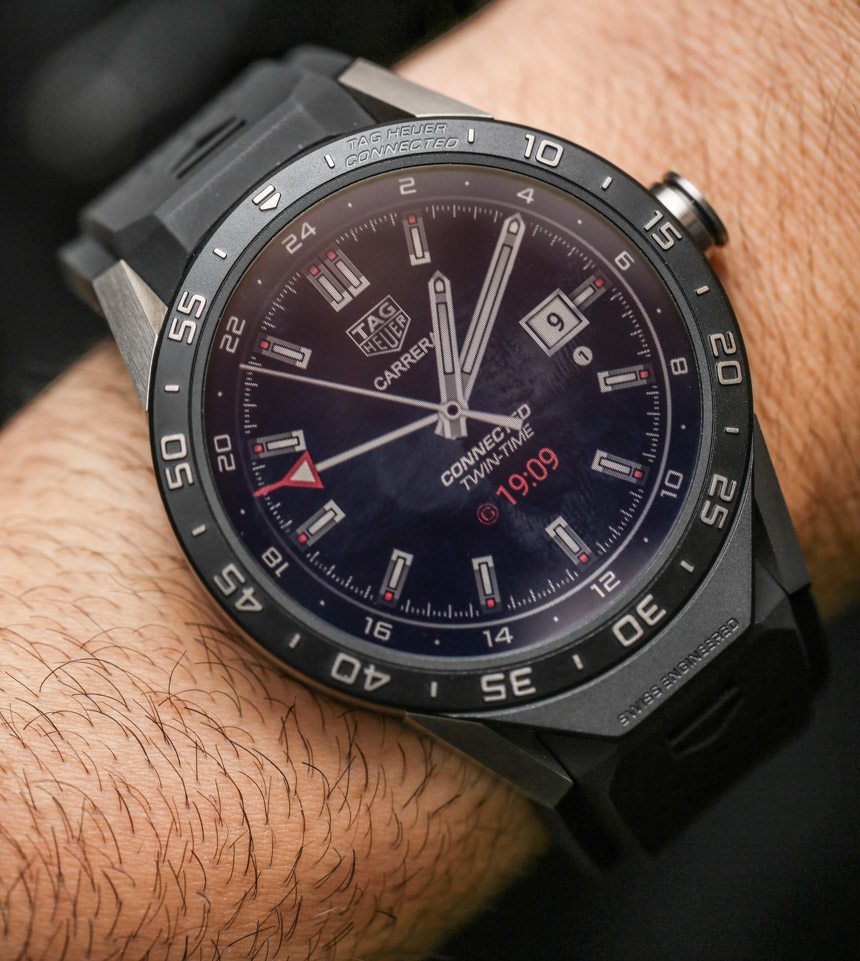
Success for today’s effective watch industry executives will come to those who boldly navigate available technology and access to useful data. The bold element comes from the fact that the watch industry is a community, and in at least Switzerland, that community doesn’t like deviations from the norm. Thus, many are afraid to be labeled dangerous or merely reckless in their stance to experiment with modern techniques and new ideas. This is one of the tradeoffs of working in a traditional industry in contrast to many modern tech companies.
Effective watch industry executives not only implement technology whenever they can, but they also demystify technology to any conservative elements within their company. They must be a teacher and ambassador of technology, especially for marketing and communication departments who typically lack both courage and people power given their historical roles, and need to improve generally as a necessary arm of any competitive watch brand today.
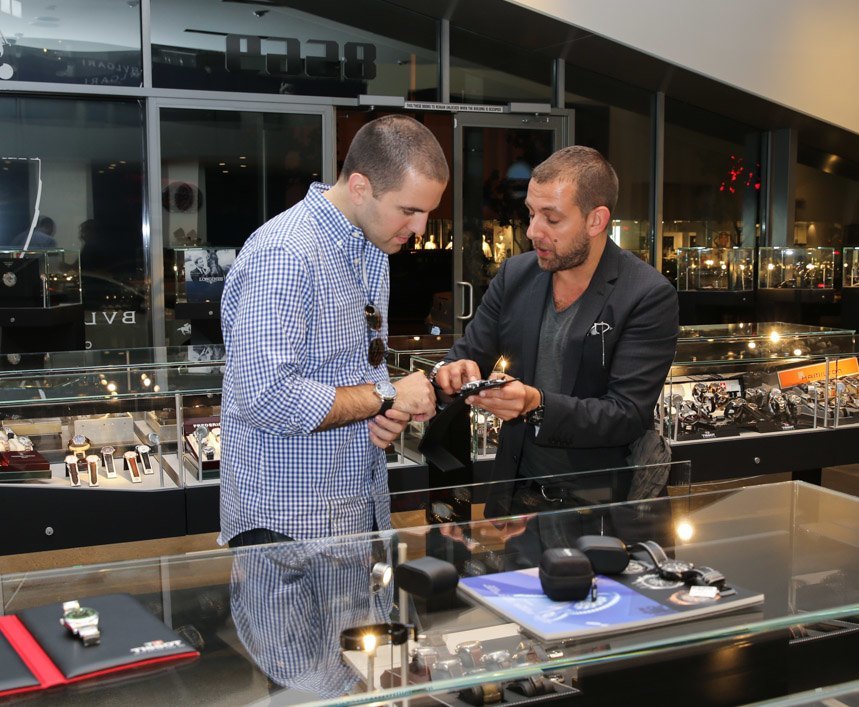
Speak To Fans, Not At Them
Watch brand consumers that a company speaks to will be mostly made of up two kinds of people, and each should be spoken to differently. First are people who consider themselves brand fans. They understand the brand and purchase the products because of chosen affiliation with that brand. Second are all the people who do not yet have a relationship with the brand and who the brand wants to have an affiliation with.
The problem is that watch brands need to communicate with these audiences very differently. Communication to people who are new to a brand can be more broadcasting in nature. Unidirectional marketing messages on various channels are typically the best way (when done effectively) to garner mere attention amongst a general public. This means of communication is the most traditional, and arguably most general. Here, the brand is sharing information with the world, versus really having a conversation.
All of that changes when it comes to people who are existing fans of the brand. The same type of communication to these individuals will backfire and tend to come across as impersonal or even insulting. Watch brand fans want a more direct, personal relationship with the brands they’ve chosen to spend money on. Many watch brands today host a variety of customer appreciation events – which go far in raising esteem among collectors and fans.
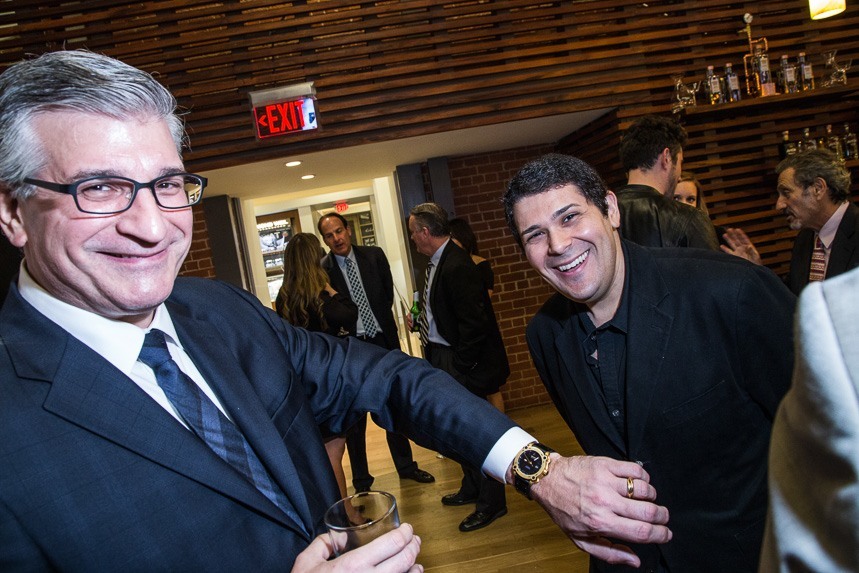
However, many watch brands still fail at actually communicating with their fans on a mass basis aside from a handful of personal relationships with clients. Watch brands must speak to fans versus talking at them. The difference between to the two is that one type of communication involves a dialog, and the other is a one-way message made from a higher party to a lower party with no expectation (or availability) of response.
So if you were a watch brand fan, how would you prefer to be spoken to? Watch industry CEOs should learn quickly that it is more cost-effective to gain repeat business with existing fans than it is to invest in finding and romancing new ones. Watch industry executives should be continually speaking with fans and producing products that they want and will buy. Some watch brands are great at this, which is why I feel comfortable in saying that it works. The alternative is a watch brand that comes across as having a cold, uninterested, and ultimately unfriendly demeanor.


